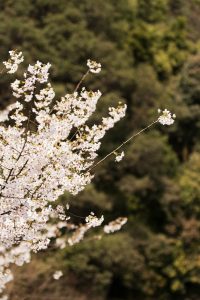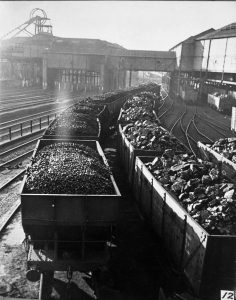STUDENT EXAMPLE: Audre Lourde – Environmental Poetry



Preface: Hi, my name is Alyssa Schroeder and my portfolio is on Audre Lorde’s environmental poetry and how it connects mere existence to actually living. The licensing I will be using is Attribution CC BY. [CC BY 4.0]
Introduction: In my portfolio I hope to shed light on Audre Lorde’s beautiful poetry and how her use of environmental perspectives mirrors the image of society. Lorde’s poetry and environmental poetry in general is important tool used to bring together the dirt of the Earth and all that resides on it. Such poems with the environment at the forefront tend to hold much deeper meanings, as in Lorde’s case, she utilizes her poems to speak on the civil and social injustices plaguing the society at the time.
Themes: There are two themes that take place within Lorde’s environmental poetry. First, the obvious use of Earth (and its flora and fauna) as a representation to tell of the injustices faced by minorities in America. She uses the changing of seasons as a showing of the demise of rights and equality in society. She never shies away from the fact that such cruel, tortures, lynchings took place amongst the trees and nature scenes. Second, the reclamation of nature to mirror the reclamation of equality. The danger posed to nature is the same that is posed to man. Lorde shows that nature is a source of inspiration and motivation and as that dwindles so does man.
Analysis: I chose three images to represent Audre Lorde’s environmental poetry, the first being a woman holding up a sign with a quote from one of Lorde’s poems as a form of peaceful protest at a rally. This image all in one shows the tenacity of Lorde’s words and how these poems that rang true some 50 years ago, still to this day hold even greater meaning. The second image is a photo of flowers blooming in the ripe of spring. This image is to hold a visual representation of the image Lorde painted with her poem “Second Spring”. In this poem Lorde talks about not ever being able to know another spring, almost saying that the “dark ages” are now upon us. The flowers in full bloom, the sun shining down showing the innocence and purity of the spring we used to know, as Lorde says. The third, and final image is a photo a coal mine, this images holds a visual representation of Lorde’s poem “Coal”. In this poem Lorde explores and exudes her identity as a black woman and she uses “Coal” to give a voice to all African Americans. The image seems as such a dull, bland scene, but it is only Lorde who would be able to make coal into a revelation for activism and self-acceptance.
Application: It is a complete understatement to just say Audre Lorde’s poetry is important. Audre Lorde’s poetry is, was, and will always be imperative to the understanding of social and civil injustices and how they have played a role in the destruction of man and the environment that surrounds. With her poetry Lorde is able to perfectly encapsulate the idea of nature intertwined with man and uses that to show how such injustices are universal. She uses her writing to convey the turmoil of the time through the expression of nature and the natural world. Lorde gets straight to the point of truth and fights for what she believes in, her poetry has told generations and generations to come a story of hardship that we can only overcome by coming together.

